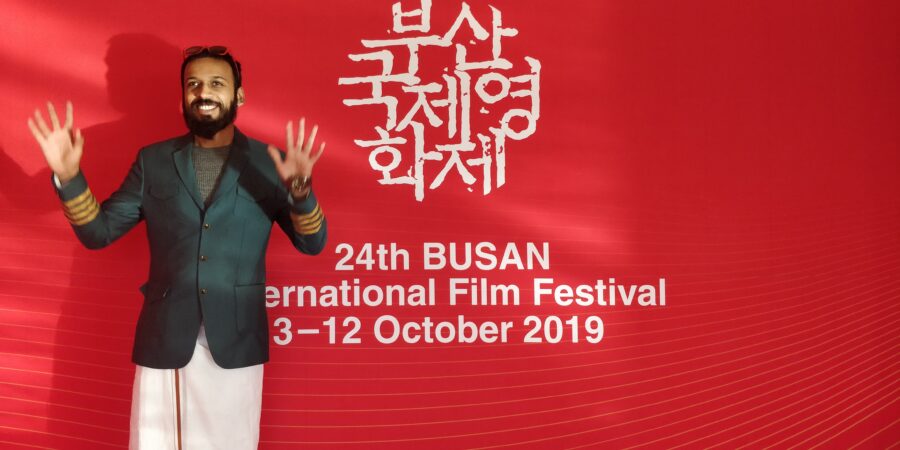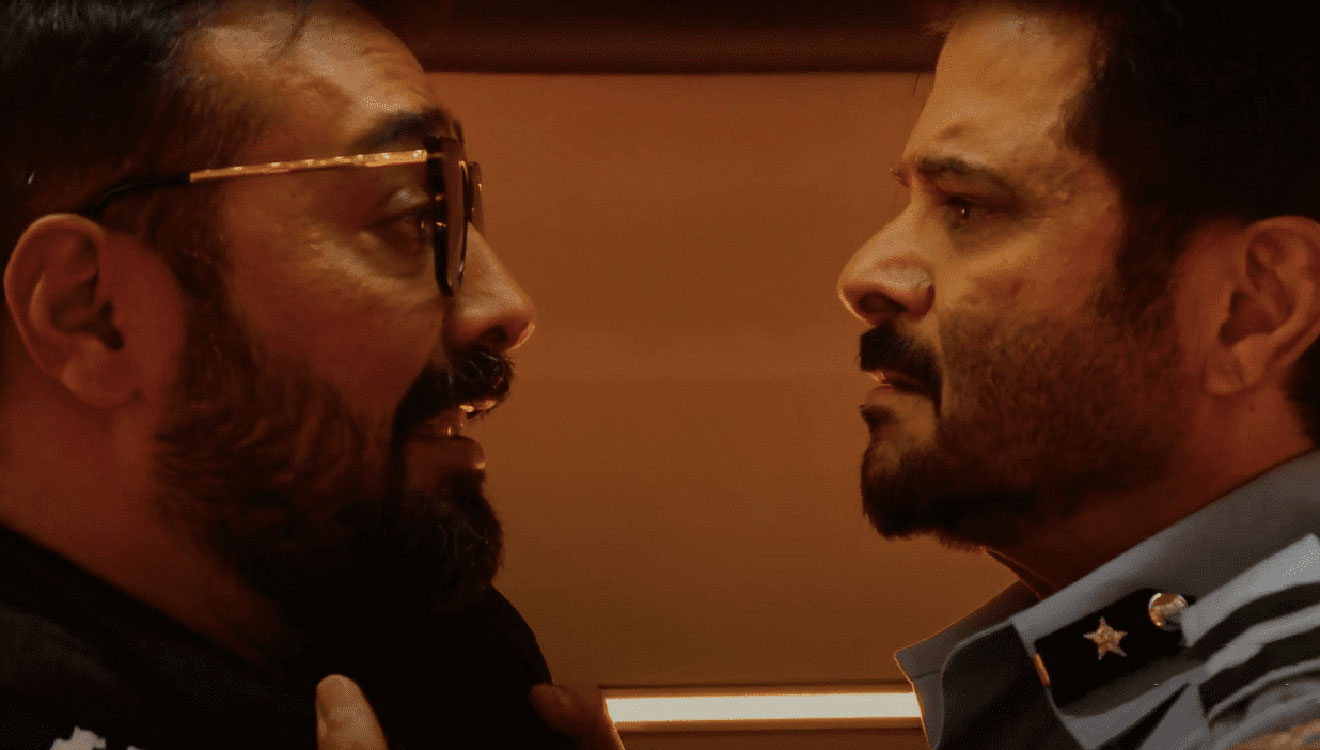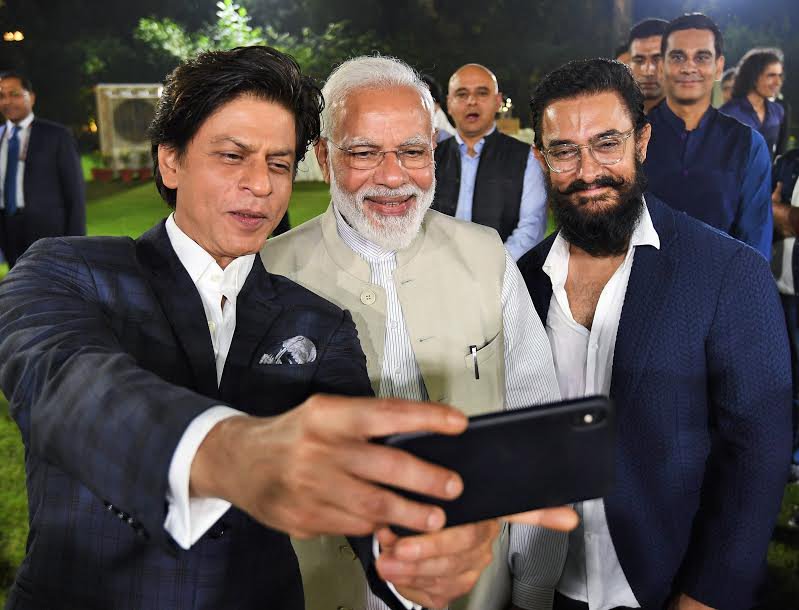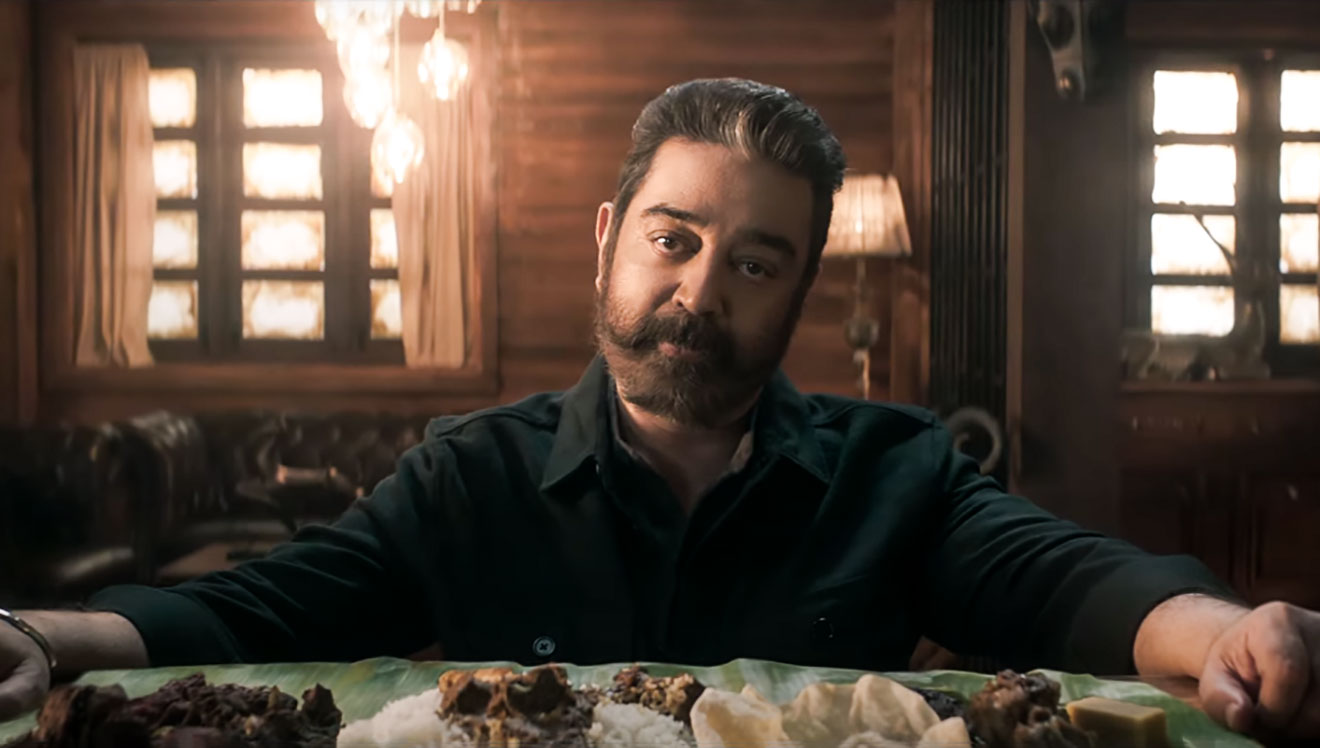Nirvana Inn had its world premiere at the Busan International Film Festival earlier this month. This is not your regular horror film with creepy music and jumpcuts, the makers say. The film stars Adil Hussain, Sandhya Mridul and Rajshri Deshpande and is “more of a character study in a slow burn narrative that blurs the line between realism and mystery”.
Adil plays a suicidal boat driver who capsizes his boat, with all his passengers in it, intentionally. However he escapes alive. Guilt-ridden he flees to the Himalayas and works as the caretaker of Nirvana Inn. And then his victims check in to the resort. Niravana Inn also sheds light on Bhaona, an endangered art form of Assam. Adil Hussain, who is from Assam, took on training from local artists to perform the dance. The final performance had backing music that was performed live by local musicians, according to the makers.
Chennai-based Mathivanan Rajendran of Stray Factory, the producer who mounted the film spoke to Silverscreen about his foray into film production, a South Indian crew making a Hindi film, the powerhouse cast of Nirvana Inn and more…
Excerpts from the conversation…
How did Nirvana Inn happen?
We were looking to transition from doing YouTube videos, which we got tired of, and I was introduced to the independent film circuit. I reached out with a Facebook message to two filmmakers — Arun Karthick and Vijay Jayapal. I had seen both their films at the Mumbai Film Festival and wondered why I hadn’t heard of these fantastic filmmakers before. I suspect they thought I was an actor trying to get a part in their film. (Smiles).
Vijay and I were working very closely on developing another film The Displaced when he casually mentioned he was writing a psychological horror film. Something about it instinctively clicked, we applied for the very competitive Asian Project Market in Busan and we managed to get in as the only Indian project. This gave the project credibility. I think our production strategy was key, we kept our budget low and promised full creative freedom to the filmmakers. We did not rely on debt financing because that makes you desperate to release the film.
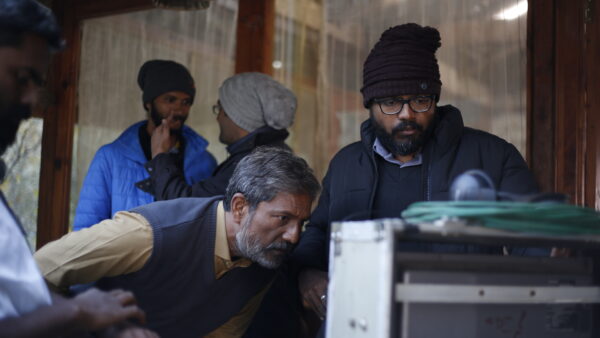
We raised equity from other producers and formed a consortium namely Uncombed Buddha, Magic Hour Films, Stop Whinging, Cent Percent Films, and even a startup Investor Harman Ventures from Tamil Nadu. We matched this with foreign funds and markets. This is a relatively unknown route to make a film in Chennai and it was ridiculously hard to explain this.
This is south Indians making a Hindi movie. How did this happen?
As a psychological horror film, Vijay wanted to shoot in the Himalayas and give the film a sense of coldness and loneliness. Logically, the film became a Hindi language film with some Assamese as well. So finally, we had a South Indian technical crew, a lighting unit from Punjab, supporting cast from Delhi and Himachali crew. Can’t say communication was easy.
Can you talk about the casting in the film?
The minute the film became a Hindi film, Adil Hussain (Life of Pi) was the first name that came to mind. He has an incredibly accomplished history as a theatre actor and instructor. There were some scenes with movement which only a trained actor could have executed. He was coming fresh from winning the National Award in Norway for What would People Say which incidentally was Norway’s entry to the Oscars. He really liked Vijay’s previous film and I think they had a similar view on the aesthetics. Given we didn’t have access to the Hindi film industry he was kind enough to refer us to Sandhya Mridul (POW, Angry Indian Goddesses) and Rajshri Deshpande (Sacred Games, Manto) two powerhouse actresses who had made very interesting choices with their films. They were quick to get back to us and we had a cast in a matter of a week. I must mention that most of the supporting cast were all seasoned working actors or Theatre performers.
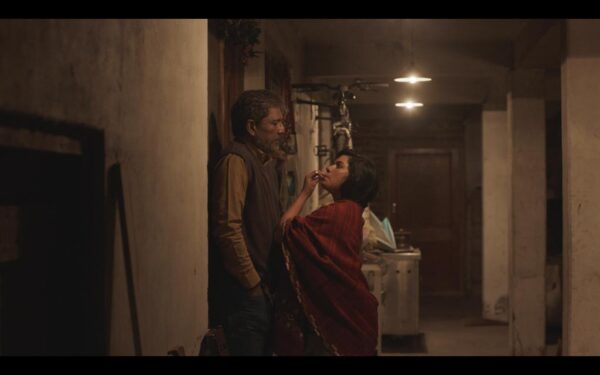
Can you take me through the making process?
It took us a year and a half to get to this point, which I would say is relatively quick.Six months of development followed by the Asian Project Market in Busan where we met international co-producers and distributors. This broadened our view on the film and we realised the film had surreal elements that connected with everyone across South East Asia. The very title being Nirvana Inn tied into the film’s themes of guilt and redemption and so did the use of ‘Bhaona’ an endangered art form from Assam which uses masks, again something that the market in Busan identified with.
After this we shot the film in the Himalayas. Also, it was a very grueling shoot up in the mountains at sub-zero temperatures and we had to zip line across various locations. It was a dangerous shoot with us escaping a landslide on the very first day. The second schedule of the film was in Assam, which again was tough since it was winter and we were shooting on the banks of the Brahmaputra.
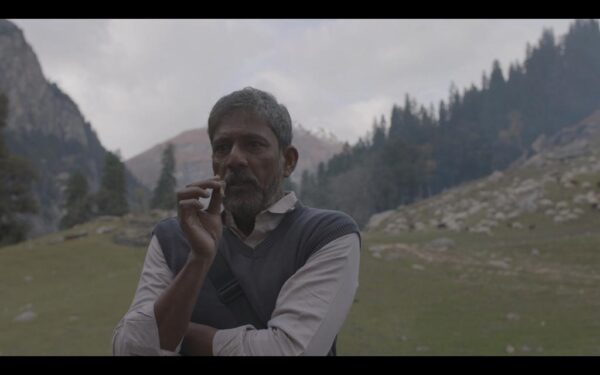
We knew the film needed some external pair of eyes and ears as well to make it truly international and we put our best foot forward and applied to the Asian Cinema Fund and we were finally one of two international projects to secure it and possibly only the second Indian film to do so. This gave us access to colour grading and sound mixing studios in Busan, which elevated Vijay’s vision to another level. The ACF guarantees a premiere in Busan and here we are a year later from pitching at the same festival with a premiere.
What are your plans with respect to distributing the film? From what I understand, that is where makers face their biggest headache. It’s so opaque, the model, especially in the south isn’t it?
Recommended
Innovating with the distribution has got to be the most difficult but also therein lies the opportunity. If your film is financed through partners who care about the film and also avoid debt you have a lot of flexibility with the film’s distribution. We are actively seeking distribution in foreign countries and being present in markets has opened that dialogue. Besides Indian OTTs like Netflix and Amazon Prime which have an interest in independent films, there are opportunities in South East Asia and Europe and we are currently talking to a Chinese Distributor as well. There’s is a huge opportunity in the distribution of these films like A24 has done in the US. Technology has changed, movies have changed and audiences have changed but our distribution and marketing methods have been rather static.
What next on the production front for you?
Vijay’s next film ‘The Displaced’ is about migrants from different parts of India coming to a big city and we’re looking at casting a south Indian actor in the lead so that should be interesting. Our other film in the pipeline is Nasir which was supported by the prestigious Hubert Bals fund and that film and was a co-production with a Dutch Company Rinkel film with much of the ‘post’ being done there as well. It has secured a world premiere at a top-rated festival already.
